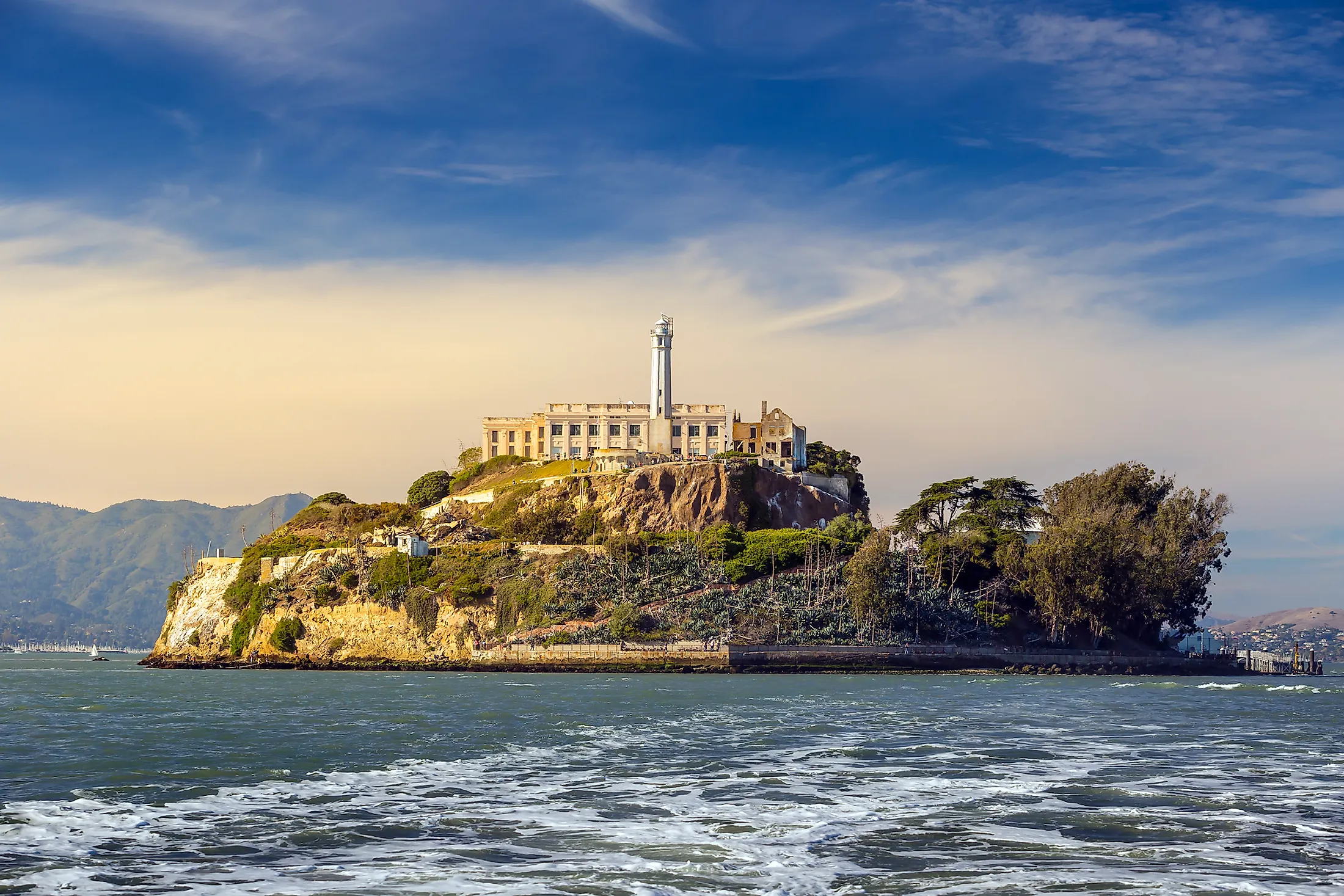
Alcatraz Island
Covering an area of only 0.089 km2, Alcatraz Island, also referred to as “The Rock”, is a small rocky island that is located in the San Francisco Bay. The Alcatraz Island is situated about 2.01 km offshore from the city of San Francisco in California, United States. This small island was designated as a National Historic Landmark and currently forms a part of the Golden Gate National Recreation Area. From the late 20th century onwards, Alcatraz Island has become one of the most popular tourist destinations.
Geography
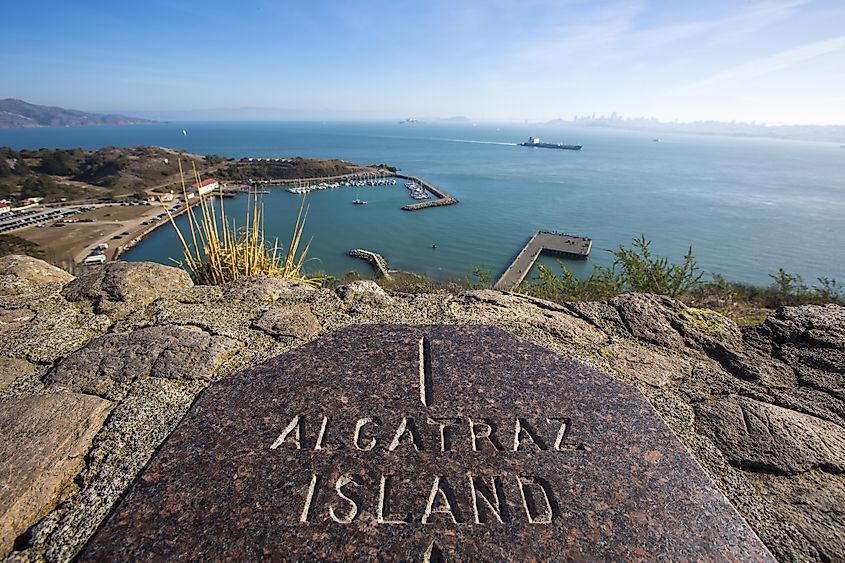
The Alcatraz Island is a barren irregularly shaped rock that measures 511m by 180m and is 41m at its highest point during mean tide. The island served as the site of an abandoned federal prison, military fortifications, and the oldest operating lighthouse that is located on the Pacific Coast of the United States. Besides these, the island also contains several natural features like tide pools and seabird colonies. The weather on Alcatraz Island is highly unpredictable and changes unexpectedly. The summers are quite cool and foggy, while it mostly rains during the winters. The island experiences its most pleasant weather usually during the spring and fall seasons.
Ecology
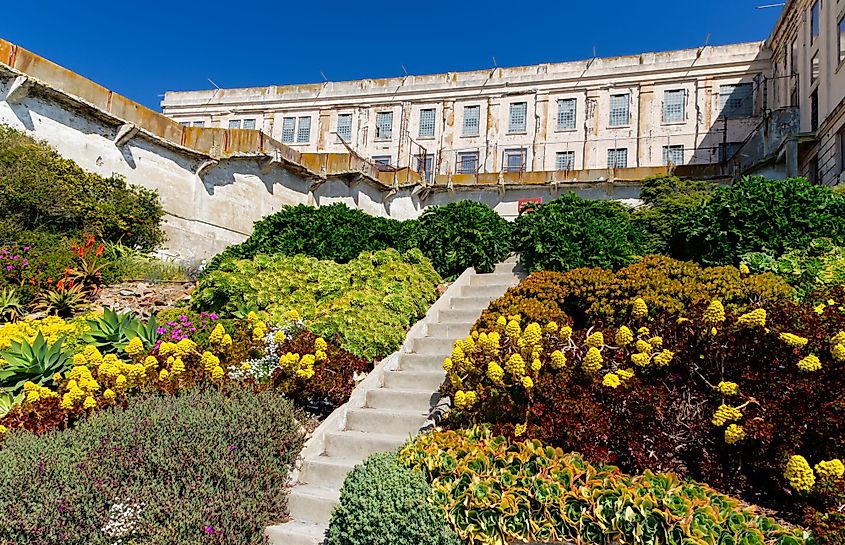
The sandstone rock of Alcatraz Island was changed into a beautiful garden by the families of the military and the prison guards. However, after the closure of the prison, these gardens became overgrown. Currently, these gardens are being restored by staff members and volunteers. Many original plants were also rediscovered by the workers while clearing the overgrown gardens. Several species of roses, geraniums, and succulents are presently grown beside the fig and apple trees.
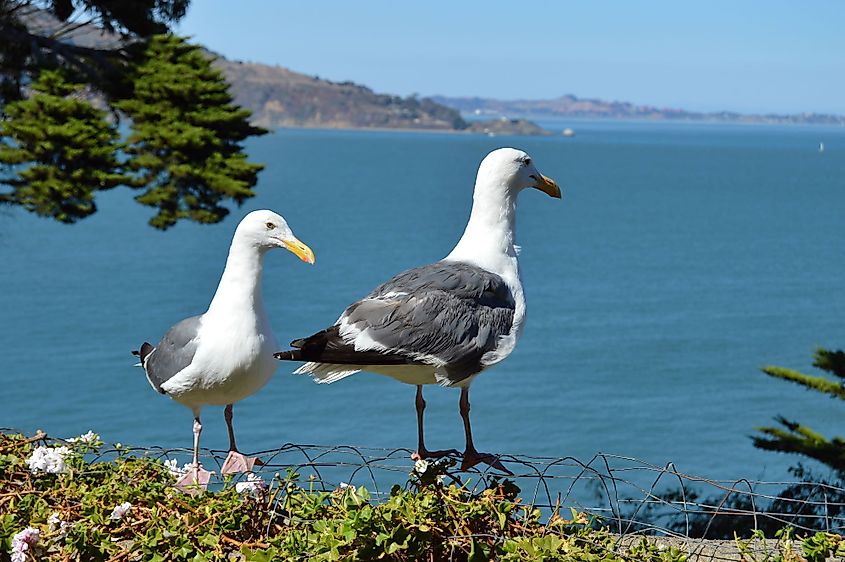
The Alcatraz Island serves as a sanctuary for seabirds and the western cliffs on the island provide nesting and rooting sites for numerous seabirds including cormorants, western gulls, guillemots, black-crowned night-heron, Heermann’s gulls, snowy egret, etc. Besides the seabirds, other faunal species like deer mice and slender salamanders are also found. The tide pools on the island contains many invertebrate species.
Brief History
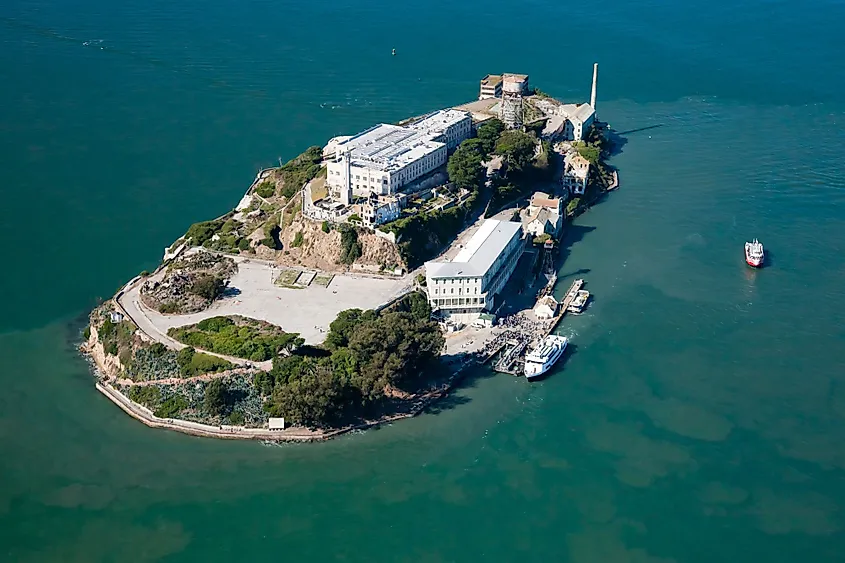
The name “Alcatraz” has been derived from the Spanish word “Alcatraces”. In August 1775, the Spanish explorer and naval officer Juan Manuel de Ayala became the first European to map the San Francisco Bay and its islands. He named one of the islands on the bay as “La Isla de Los Alcatraces” (“Island of Pelicans”). In 1776, an English naval officer and explorer, Captain Frederick William Beechey, named each of the three islands of the bay with their present names. Over time, the name “Alcatraces” was anglicized to the more popular name “Alcatraz”.
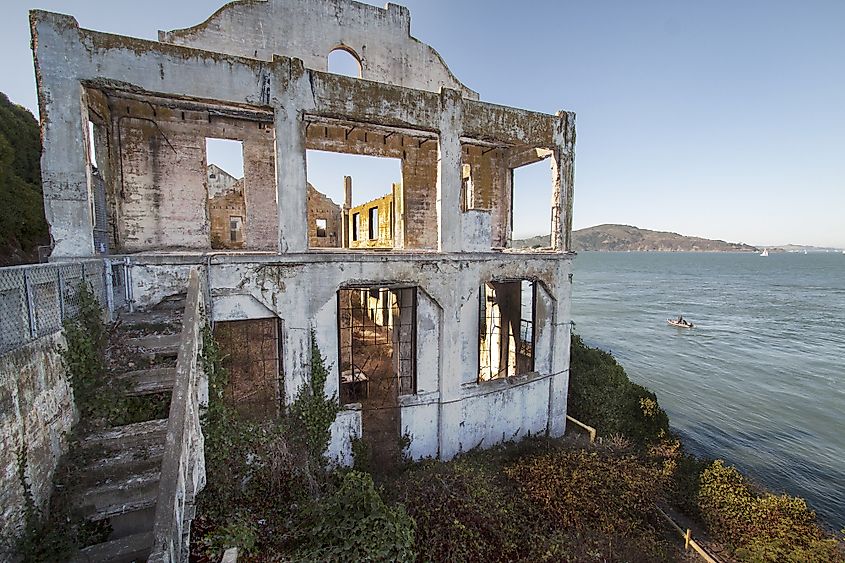
In June 1846, the Mexican Governor Pio Pico gave Alcatraz Island to Julian Workman, to build a lighthouse on it. The island was later bought for $5,000 by John C. Frémont, the Military Governor of California for the United States government. In 1850, the then US President Millard Fillmore ordered to set aside Alcatraz Island for its use as a United States military reservation. After the onset of the California Gold Rush, the US Army began to build a fortress at the top of the island. Alcatraz eventually became the most heavily fortified military site on the West Coast and together with Lime Point and Fort Point, it formed a “triangle of defense” that was designed to protect the San Francisco Bay. The island also served as the site of the first operational lighthouse on the Pacific Coast of the United States.
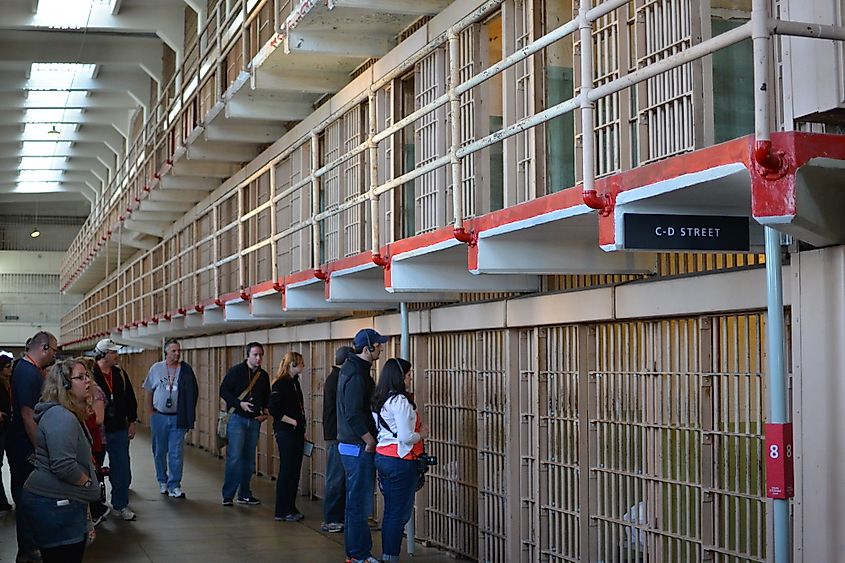
Due to the island’s isolation that was created by the strong and cold currents of the surrounding waters of the San Francisco Bay, Alcatraz was used to host the first military prisoners in 1859. In 1909, the US Army tore down the fortress, and from 1909 to 1911, a new prison was made on the island by the military prisoners. From 1934 to 1963, Alcatraz Island served as a federal prison that held some of the most dangerous criminals in American history, including Robert Franklin Stroud who was known as the “Birdman of Alcatraz”, George Kelly, Rafael Cancel Miranda, etc. After 29 years of operation, the Alcatraz Prison was closed on March 21, 1963.
On March 8, 1964, Alcatraz Island was occupied by Native American activists, who wanted to build a Native American cultural center and education complex on the island. The Native Americans were eventually removed from the island by the Federal Marshals in June 1971. In 1972, the island became a part of the Golden Gate National Recreation Area and in 1986, the island was designated as a National Historic Landmark.











